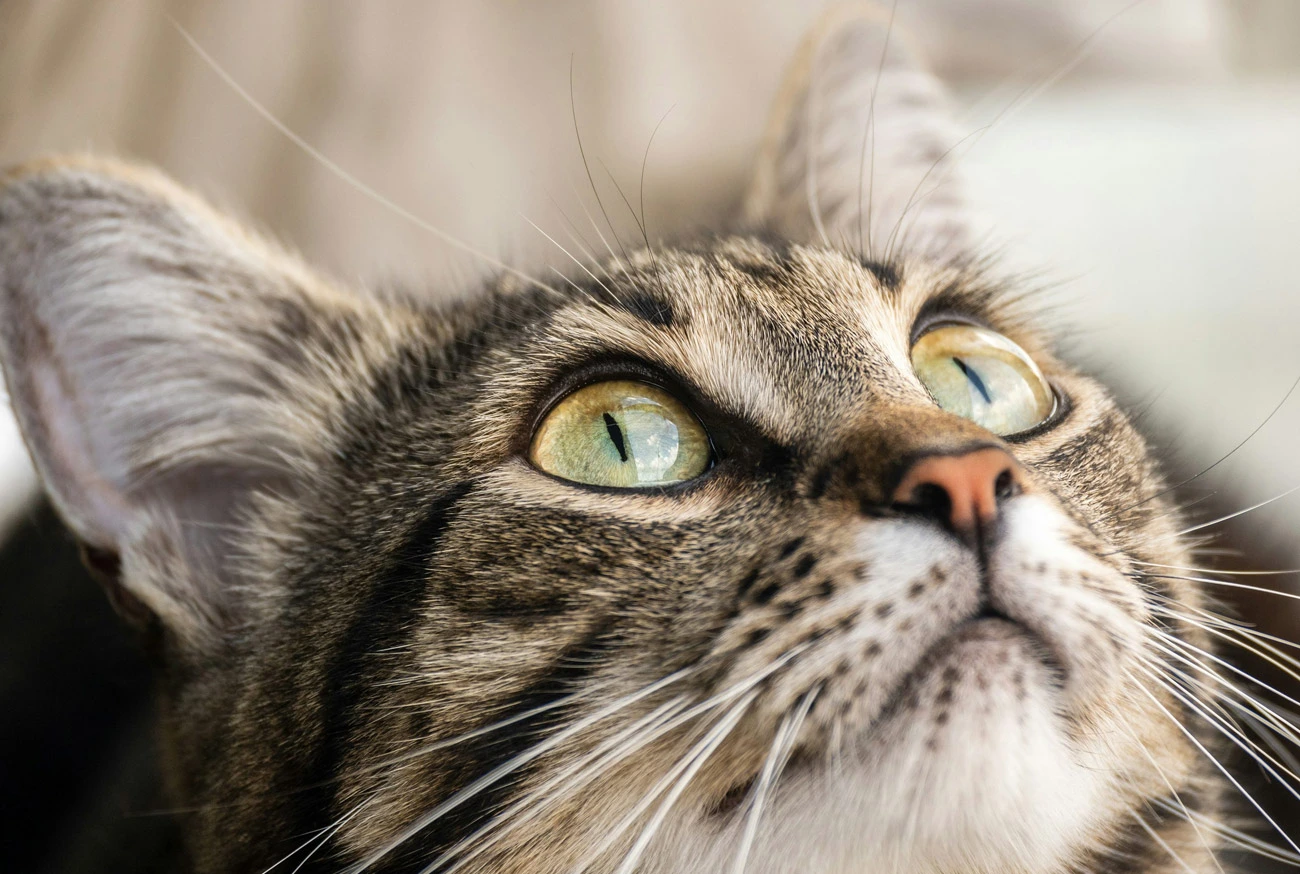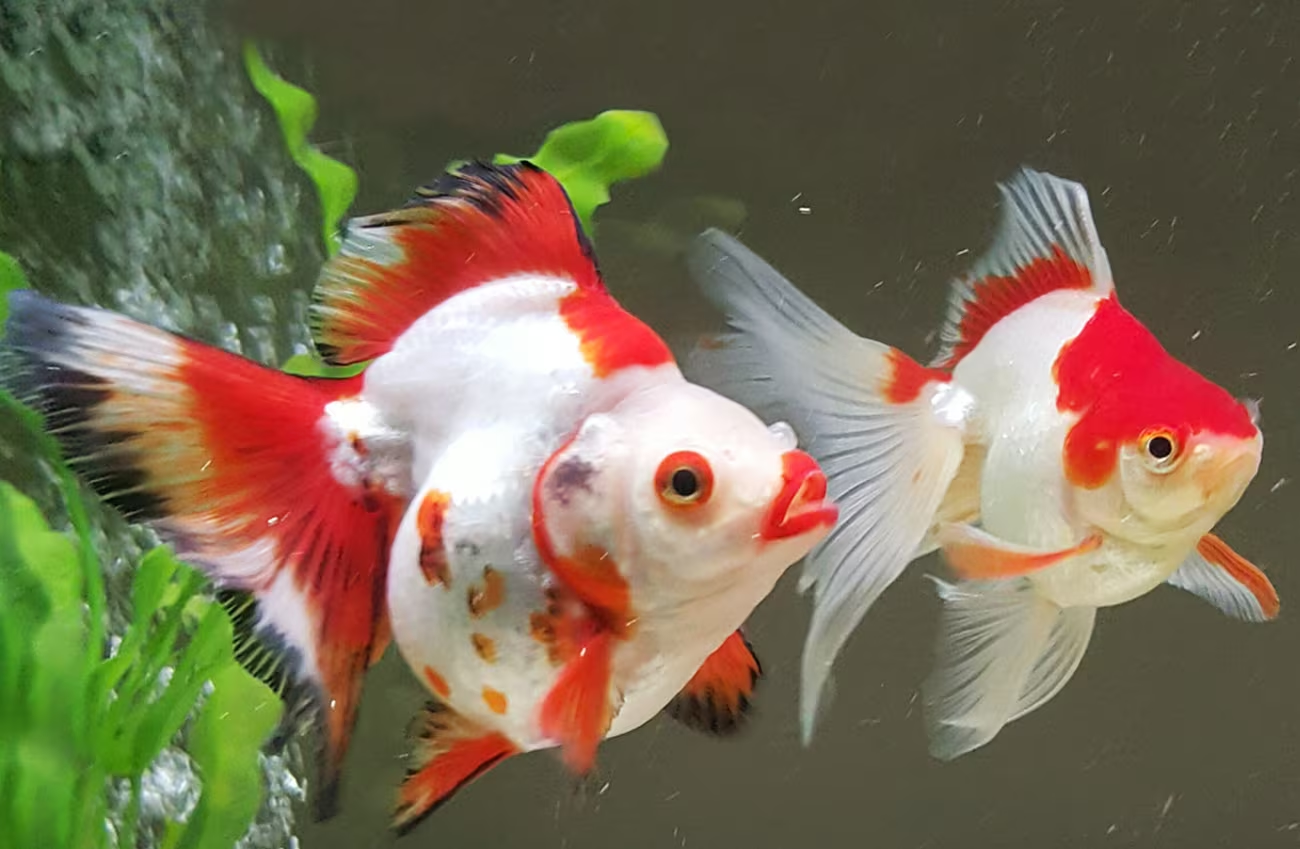In this article, we will dive deep into the feline universe: from body language to habits and emotional needs. Get ready to uncover the secrets behind your furry friend's movements, meows, and gestures.
How to understand cat behavior?
Cats are instinctive animals, but they are also highly adaptable. They express their feelings, needs, and even their health status through clear yet subtle signs. Therefore, observation is the first step in understanding your cat's behavior.
Body language: what does each movement mean?
Cats are masters of communicating without words. Each part of their body plays an important role in sending messages.
- Raised tail: Usually indicates that the cat is happy or confident. If the tip is slightly curved, it’s a sign of affection.
- Ears forward: Shows that the cat is curious or attentive to something.
- Ears flattened or turned back: Indicates discomfort, irritation, or fear.
- Staring and slow blinking: A cat blinking slowly at you is showing trust and affection. It’s the feline way of saying "I trust you."
- Arched back and raised fur: A classic sign that the cat feels threatened.
Important tip: Every cat is unique, so beyond generalizations, learn your pet’s specific signals to understand them better.

Common cat habits and their meanings
Cat habits also reveal much about their personality and mood. Some actions that seem ordinary have deep meanings.
Why do cats purr?
Purring is one of the most distinctive characteristics of cats. Although it is associated with well-being, it can also be a self-soothing mechanism in stressful situations. Purring near you usually indicates comfort and happiness, but be attentive: if accompanied by signs of discomfort, it could be a call for help.
The instinct to scratch furniture
Scratching is not just a habit but a necessity for cats. They do it to sharpen their claws, mark territory (leaving both visual marks and pheromones), and stretch their muscles. Provide scratching posts to avoid damage to furniture and respect your pet’s natural instinct.
Hiding or isolating themselves
Cats have a naturally reserved side. They may hide for various reasons, such as needing security, rest, or even health issues. It’s important to differentiate normal behavior from a sign of something wrong.
Why do cats love boxes?
Cats’ love for boxes is linked to their instinct for security. Boxes offer a closed space where they feel protected and can observe their surroundings unnoticed. Additionally, boxes can help regulate body temperature, keeping them warm.
Cat behaviors that indicate problems
Not all behavior is just a quirk. Some actions can signal physical or emotional problems.
- Sudden changes in eating habits: If a cat stops eating or starts overeating, it could be a sign of illness or stress.
- Inappropriate use of the litter box: Urinating outside the box might indicate a need for attention or urinary problems.
- Unexpected aggression: If a previously calm cat shows signs of aggression, they might feel threatened, be in pain, or uncomfortable.
- Excessive licking: Over-grooming can be a compulsive behavior caused by anxiety or allergies.
In such cases, consult a veterinarian to ensure your cat is healthy.
Living with cats: tips for a harmonious relationship
Creating an environment that respects cats' needs is essential for a healthy coexistence. Here are some practical tips to make your feline friend even happier:
- Provide a stimulating environment:
Cats love challenges and activities that awaken their instincts. Invest in interactive toys, scratching posts, and even shelves for climbing and exploring. - Establish a routine:
Despite their independence, cats are creatures of habit. A well-defined routine for feeding, playing, and resting contributes to their physical and emotional health. - Ensure a safe space:
Cats need places where they can feel protected, whether it’s a comfy bed, a box, or even a spot in the closet. - Offer affection, but respect limits:
Not all cats enjoy being held or constantly petted. Learn to recognize when they seek attention and when they prefer to be alone. - Care for your cat’s emotional health:
A happy cat feels secure and loved. Reinforce positive behaviors with treats and praise, and avoid punishments.
Curiosities about cat behavior
Cats are full of surprises! Here are some fun facts that show how special they are:
- Why do they knead with their paws? This behavior goes back to kittenhood when they knead their mother’s belly to stimulate milk flow. In adult cats, it’s a sign of comfort and affection.
- They know their names: Studies show that cats recognize their names, but they don’t always respond, as they’re more independent than dogs.
- They can predict weather changes: Many cats become restless before storms or climate changes due to their sensitivity to sounds and vibrations.
Understanding cat behavior is like deciphering a code full of nuances and mysteries. Every gesture, sound, or habit reveals a little more about the inner world of these fascinating animals. The key to harmonious coexistence lies in patience, observation, and respect for your cat’s natural instincts.
By dedicating time to understanding your cat’s behavior, you strengthen the bond between you and ensure they have a happy, healthy life.
Did you like the tips? Share this article on your social media and help other cat lovers discover more about the incredible feline universe!

















Add comment